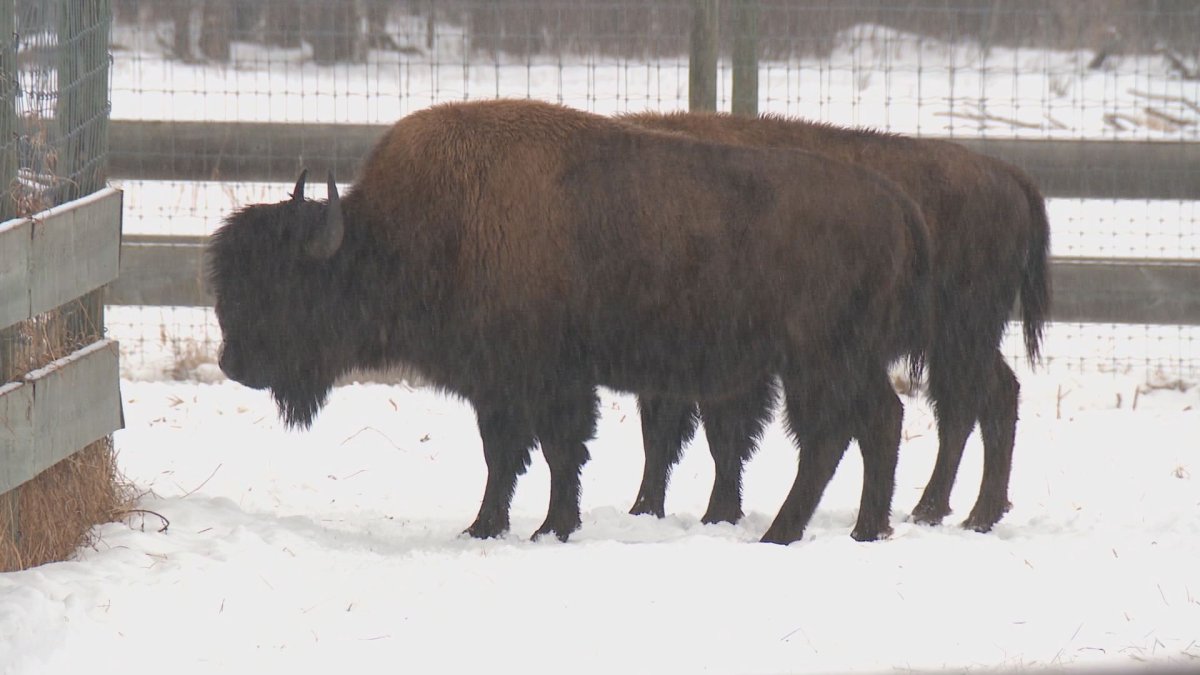A team of scientists from Agriculture and Agri-Food Canada and the University of Saskatchewan is trying to restore the bison to its original place in the prairies.

The project aims to preserve the bison genome and protect them from common bovine diseases.
The project, called the Genome Canada’s Bison Integrated Genomics, is still in a pilot phase, but it has already seen great results.
Muhammad Anzar, a research scientist with Agriculture and Agri-Food Canada, explains that the team has already managed to breed new bison.
“We are using the frozen semen and embryos for embryo transfer and artificial insemination in the field. We have successfully produced new healthy calves in the University of Saskatchewan.”
According to Anzar, artificial insemination will allow huge amounts of bison to be bred.
“One semen load can produce on average 50 bison calves.”
Getting the materials to breed bison, their germplasm, is not always easy:
“If the handling facility is not an option, we will dart a wild bison with a sedative. When they are down, we collect their germplasm,” Anzar explained.
“For semen, it is done through electro-ejaculation, which is a special process. The eggs from female bison are collected through ultrasound aspiration, a process called ovum pickup.”
The aim is to upscale the operation in the future after all the essential research on genetics and disease control has been performed.
As Gregg Adams, professor of veterinary biomedical sciences at the University of Saskatchewan, explains:
“There are two things that we need to take care of. First is the disease problem and second is the genetic diversity.”
The main diseases the team is trying to eradicate are bovine tuberculosis and bovine brucellosis. The diseases are already gone in domesticated livestock herds, but there is a fear that wild herds might reintroduce them.
“Second is genetic diversity. Back in the late 1800s there were only 400 bison left after the Great Slaughter. All the bison today come from that small population, which brings the risk of inbreeding and genetic defects,” Adams explained.
Currently, there are about 500.000 bison, but they remain a threatened species. By artificially inseminating and diversifying the breeding, healthier bison can be bred.
Adams and Anzar both want to eventually bring back the population of 30 million bison that existed before the Great Slaughter.
“We have everything we need at this point. The funding, a talented team, support from universities and government agencies, and dialogue with people from First Nations,” Adams said.
According to the researchers, actually achieving that goal will take a very long time. That is why preserving the genome is so important.





Comments